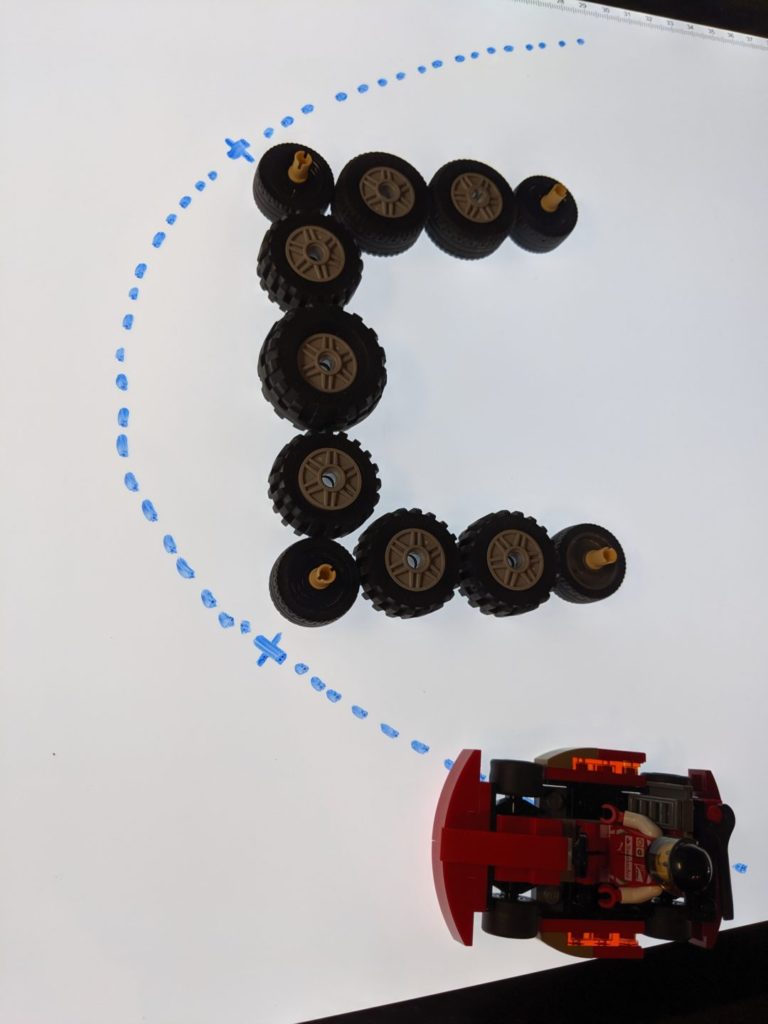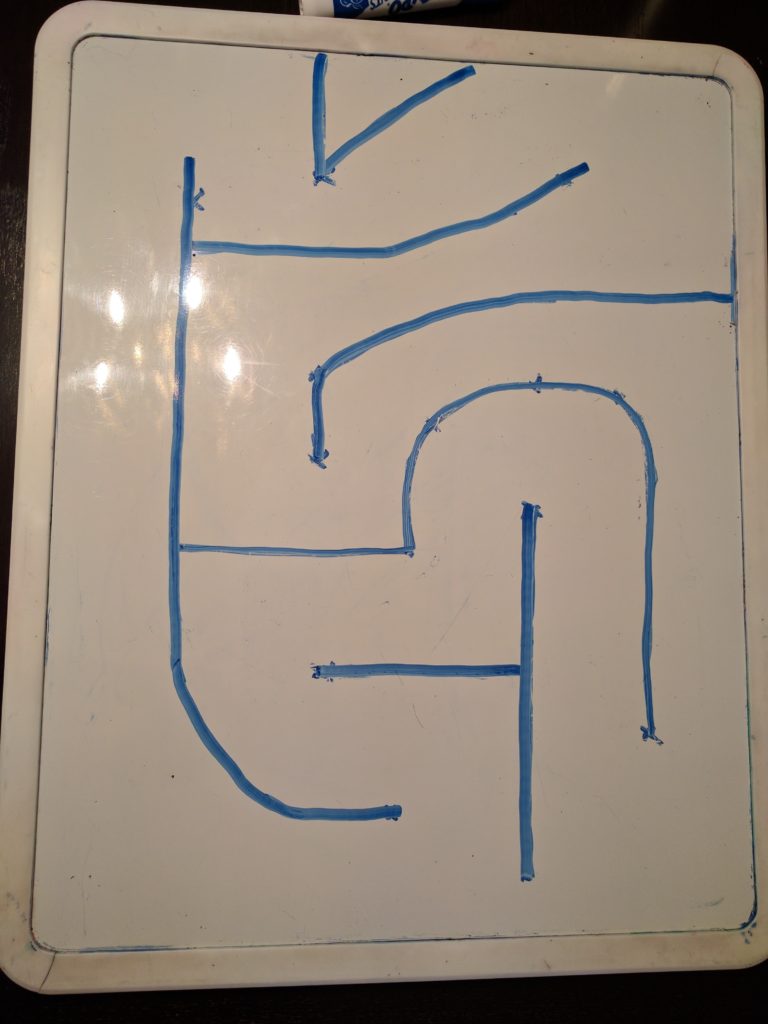Putting Them All Together
From the previous blog posts, we have established the importance of the components to the racing line. We learned how the apex is the tightest part of the corner and that it can move according to how you want to approach the corner and how it will affect the approach to the next apex. Then we learned about the snap-in and track-out movements to get your kart to and away from the apex, in the smoothest motion while maintaining your momentum. Next, we have to build upon that by tying all the corners together. Before making the task a complex one, it’s best to break it down into components and sections for a corner and then add the corners one at a time.

“Don’t be afraid to talk to other racers and work together to discover the right line.”
The last part of final touches to creating the racing line is to smooth out your corners to make a nice flowing line around the track while hitting all your apexes. As I stated in earlier blogs, the best way to do this is by looking at the last corner and working your way backward from where you would be coming from. So it is important to walk the course forwards while occasionally looking backward to make sure that the approach to the corner is what you would expect.


If possible having a dry-erase board and pens are a good tool to have so you can draw out the layout of the track and then figure out your racing line. I found this very helpful when discussing the racing line with other racers. That is another point to bring up; don’t be afraid to talk to other racers and work together to discover the right line. I like to do this also for safety reasons. By knowing what other people are going to do and how they are going to act on the track, will help you understand some of their predictabilities and will help with things like passing and defending your position. That’s for later though.


The racing line is a build-up of the components that were covered in earlier posts. First, find the apex for each corner. Then find the track-out position of your kart and where it is relative to the next corner. The snap-in is the part that you are aiming for once you’ve completed your track-out component from the previous corner. The snap-in is the last part of creating the corner. This part will be the varying component and will result in the chain reaction of how the rest of the corner’s components will come together (or fall apart).
